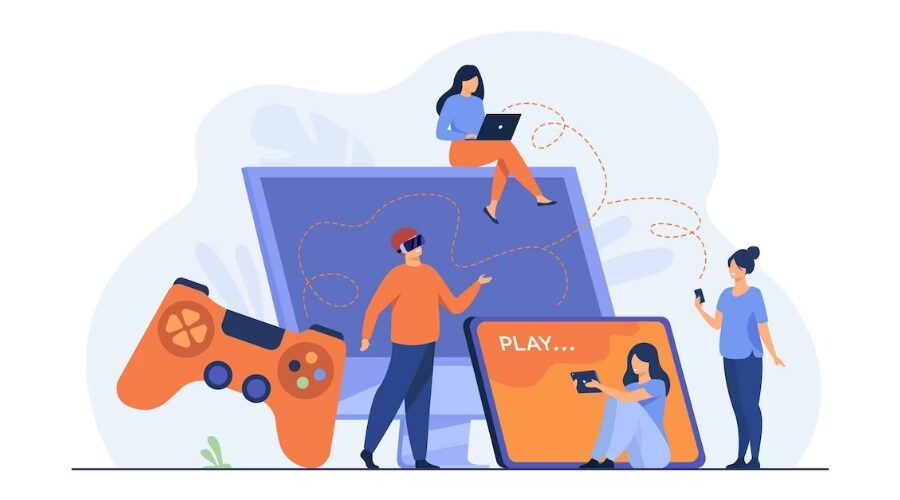Get a glimpse of how the Covid-19 pandemic impacted and changed the landscape of E-commerce.
Businesses around the world have been grappling with the effects of the coronavirus pandemic for almost a year. Everything from rapidly changing customer behavior to logistics and supply issues proves to be a challenge for entrepreneurs trying to keep their businesses afloat. In this blog, we’re offering a bird’s eye view of the key data around these changes and how E-commerce is adapting to them.
The market has changed.
Permanently.
All figures are based on a year-on-year comparison (2019 and 2020).
After the impact of Covid-19,
What are people buying online?
- Gifts and Specialty Products – 18.9% increase YoY
- Apparel and Accessories – 14.3% increase YoY
- Home and Garden – 8.4% increase YoY
- Groceries – 7.2% increase YoY
- Toys and Games – 7.0% increase YoY
After the impact of Covid-19,
Here’s what people aren’t buying online:
- Luggage – 77% decrease YoY
- Cameras and Equipment – 64% decrease YoY
- Swimwear – 62% decrease YoY
- Gym Bags – 57% decrease YoY
- Store Fixtures and Displays – 50% decrease YoY
Businesses must change, too.
To stay ahead of the pandemic and meet changing market needs, stores are adapting to the new normal.
Bricks-to-Clicks
—
If you’re among the millions who closed down their physical stores, don’t lose hope. Set up a store online and reconnect with your customers.
- Due to Covid-19, E-commerce sales grew by 25% in 2020.
Less Contact, More Sales
—
Because of the continuous threat of the virus, shoppers order more items through stores with less physical contact.
- No-contact deliveries are up 62% since April 2020.
Popular Products
—
In a time where people only buy what they need, you can make a pivotal shift to selling what customers are buying.
- Face mask sellers grew 5 folds in just two weeks.
Learn what online retailers are doing in Part 2!











